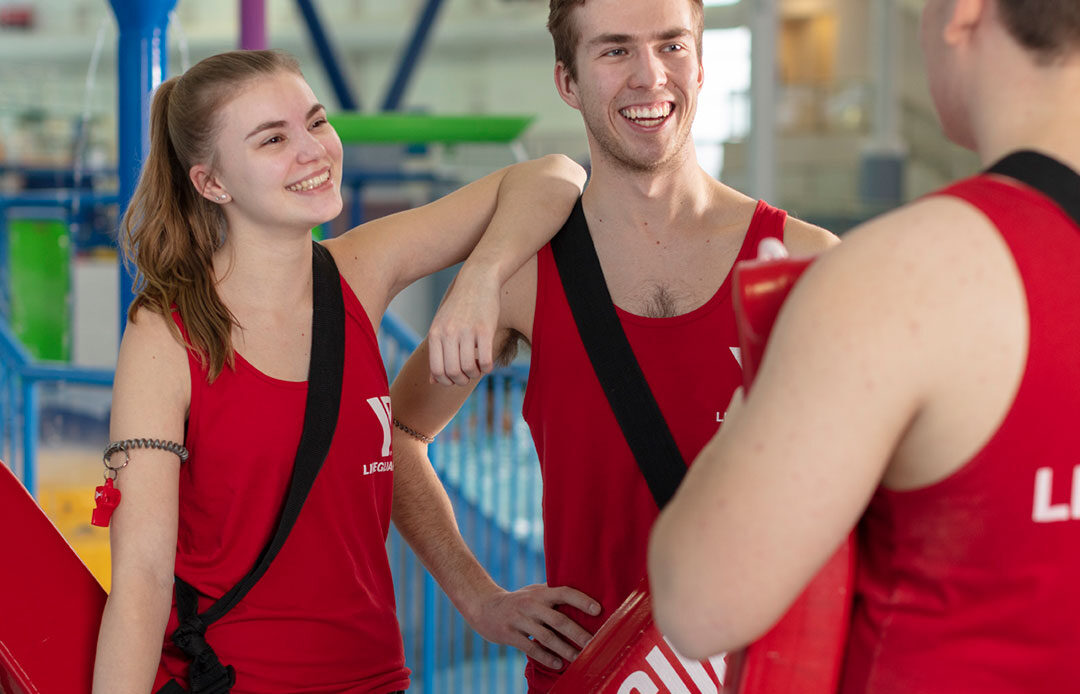While this image evokes joy and relaxation, it’s crucial to remember that water activities come with their fair share of risks. That’s where lifeguards step in – the unsung heroes of aquatic safety. But becoming a lifeguard is no walk in the park; it demands rigorous training, commitment, and an unyielding dedication to protecting lives. In this article, we delve into the world of lifeguard training, exploring its importance, the skills it imparts, and the transformation it brings.
Importance of Lifeguard Training: A Matter of Life and Death
Lifeguards are more than just attentive observers in brightly colored swimsuits – they’re trained professionals who stand as the first line of defense against potential water-related accidents. Every year, numerous water-related incidents occur due to lack of supervision or inadequate response. This grim reality underscores the significance of lifeguard training.
Diving into Lifeguard Training
Lifeguard training programs are comprehensive and immersive experiences that equip individuals with the knowledge, skills, and confidence to handle water emergencies. These programs are designed to instill a deep understanding of water safety protocols, rescue techniques, and CPR administration. While the specific content may vary, most training programs cover a range of crucial topics:
Water Safety and Prevention: Lifeguards are taught to identify potential hazards, enforce pool rules, and educate swimmers about responsible water behavior. They learn to anticipate risks and act proactively to prevent accidents.
Emergency Response: A lifeguard’s ability to respond swiftly and effectively to emergencies can make all the difference. Training includes simulations of various scenarios, such as drowning, spinal injuries, and heart attacks. Lifeguards learn how to make quick decisions under pressure.
CPR and First Aid: In critical situations, administering Cardio-Pulmonary Resuscitation (CPR) can be a lifesaver. Lifeguard training ensures that individuals are well-versed in performing CPR and providing basic first aid until professional help arrives.
Water Rescues: The heart of lifeguard training lies in mastering different water rescue techniques. Lifeguards learn how to approach distressed swimmers, use rescue equipment, and execute both active and passive rescues.
Teamwork and Communication: Lifeguards rarely work alone. Effective teamwork and communication are vital for coordinating responses and ensuring everyone’s safety. Training emphasizes these skills to foster a collaborative lifeguarding environment.
From Trainee to Lifesaver: The Transformation
Undergoing lifeguard training is more than just acquiring a set of skills – it’s a transformative journey that molds individuals into responsible, vigilant, and confident guardians of water safety. Here’s how lifeguard training brings about this metamorphosis:
Confidence Boost: As trainees progress through the training program, their confidence levels soar. They learn to trust their judgment, assess situations accurately, and take decisive action, even when faced with uncertainty.
Discipline and Responsibility: Lifeguard training demands a high level of discipline and responsibility. Trainees understand the weight of their role and embrace the need to be vigilant and attentive at all times.
Physical Fitness: Lifeguarding requires endurance and strength. Trainees engage in physical conditioning to enhance their swimming abilities, stamina, and overall fitness. This not only prepares them for the demands of the job but also promotes a healthy lifestyle.
Calm Under Pressure: Emergency situations can be chaotic and stressful. Lifeguard training hones the ability to remain calm and composed, enabling trainees to make rational decisions in high-pressure scenarios.
Adaptability: Every aquatic environment is different, and lifeguards must adapt their skills to various settings – from busy pools to serene beaches. Training instills flexibility, ensuring lifeguards are prepared for any situation.
The Journey of Lifeguard Certification
Lifeguard training culminates in the coveted lifeguard certification – a testament to the trainee’s dedication and competence. Achieving certification is a significant milestone, signifying that an individual is ready to take on the responsibilities of a lifeguard. The certification process typically involves written exams, practical assessments, and demonstrations of various lifeguarding skills.
Beyond Training: Continuous Learning and Growth
Lifeguard training doesn’t stop at certification. Lifeguards are encouraged to participate in ongoing training and professional development to stay updated with the latest safety protocols, rescue techniques, and medical advancements. This commitment to continuous learning ensures that lifeguards are always prepared to handle new challenges.
Lifeguarding as a Rewarding Career
For many, lifeguarding is more than a part-time job – it’s a fulfilling career that allows individuals to make a tangible impact on the safety and well-being of others. Whether working at community pools, water parks, or beaches, lifeguards play an essential role in creating a safe aquatic environment.
Conclusion: Heroes of Water Safety
Lifeguard training transcends the acquisition of skills; it’s a transformative journey that turns ordinary individuals into extraordinary heroes of water safety. Through comprehensive training, trainees gain the knowledge, confidence, and ability to prevent accidents and respond effectively in emergencies. Lifeguarding is a noble profession that demands commitment, vigilance, and a heart dedicated to preserving lives. So, the next time you’re enjoying a dip in the pool, take a moment to appreciate the lifeguards who stand watch, ever ready to ensure your safety – true heroes of aquatic environments.



